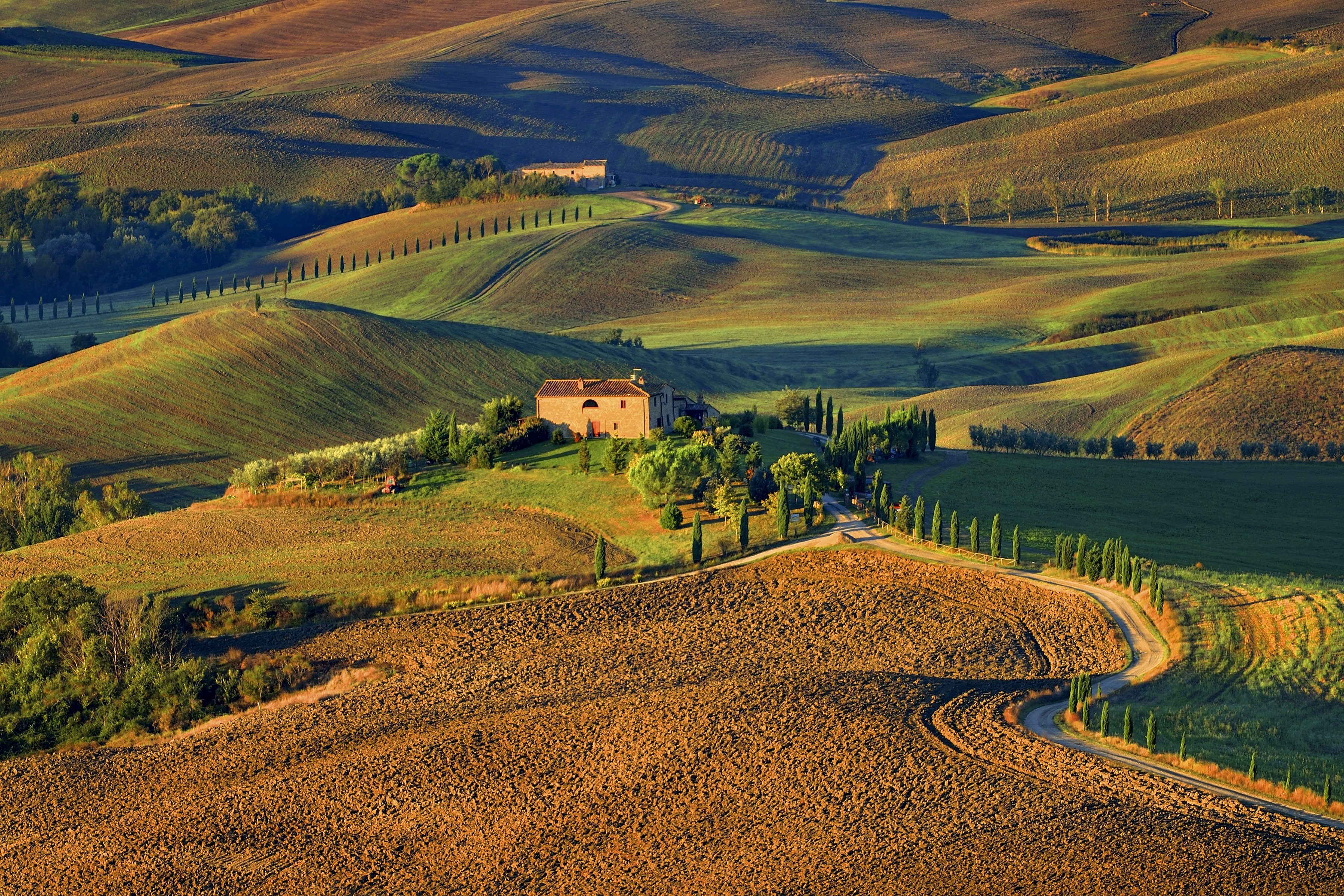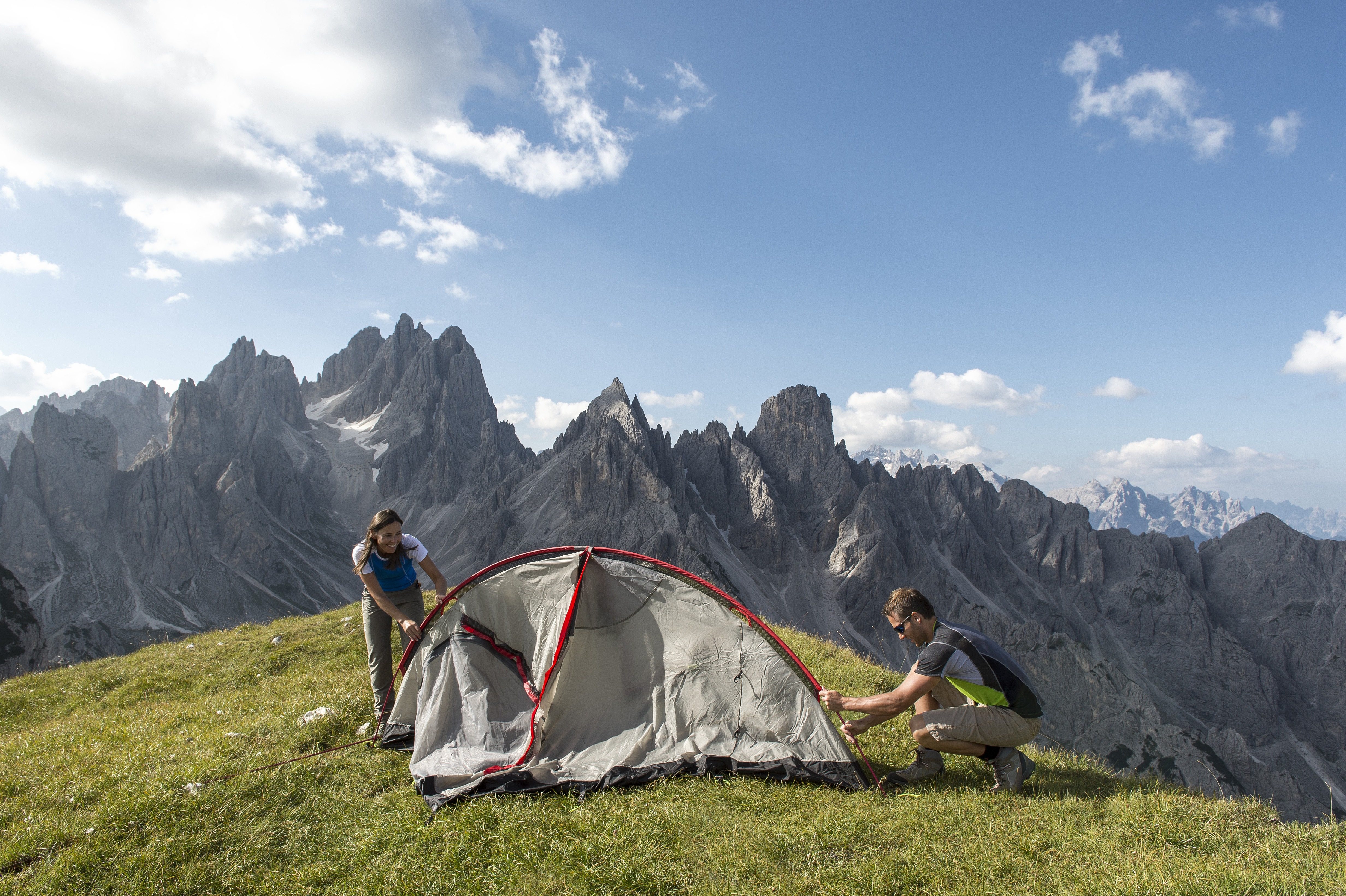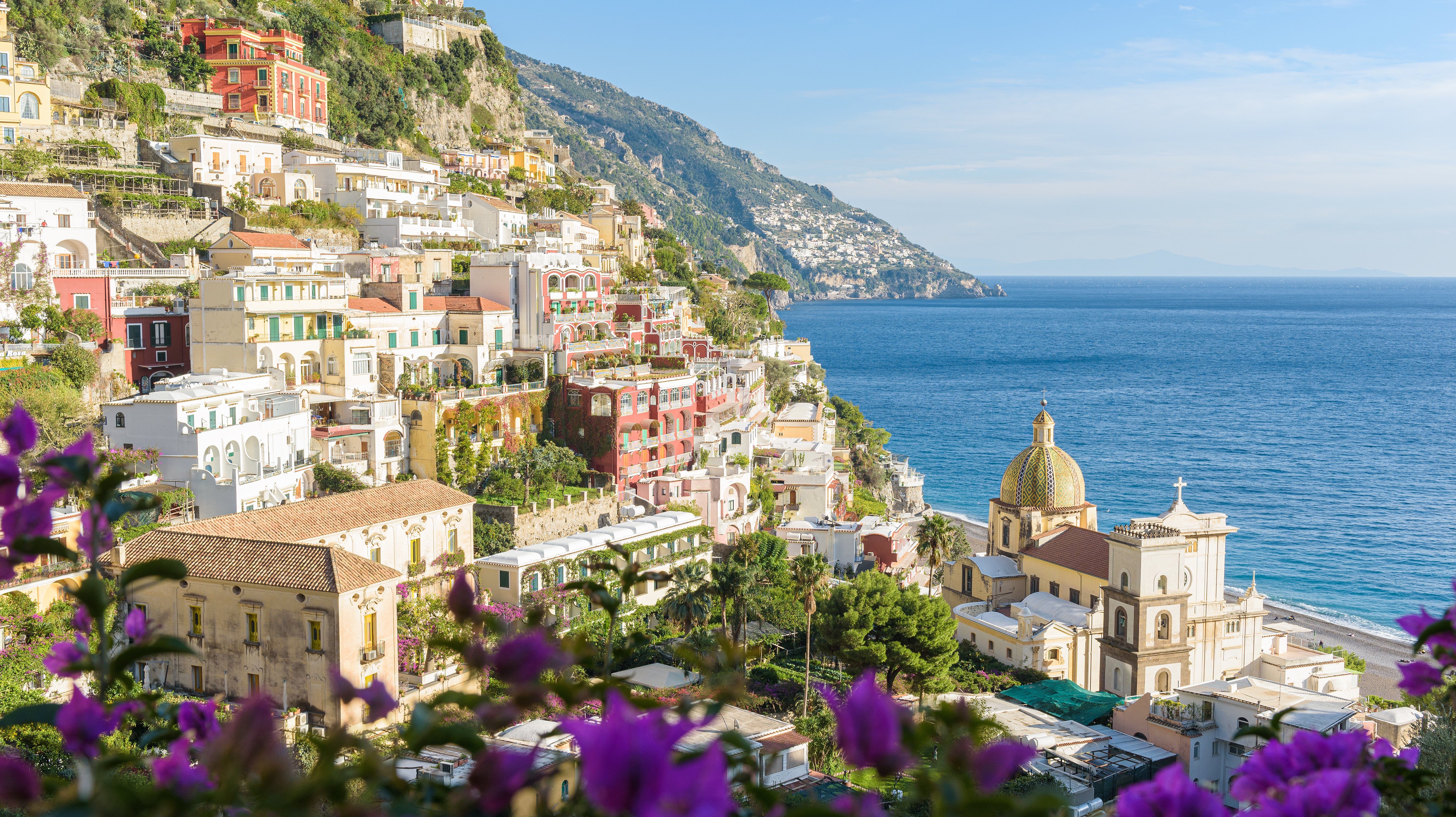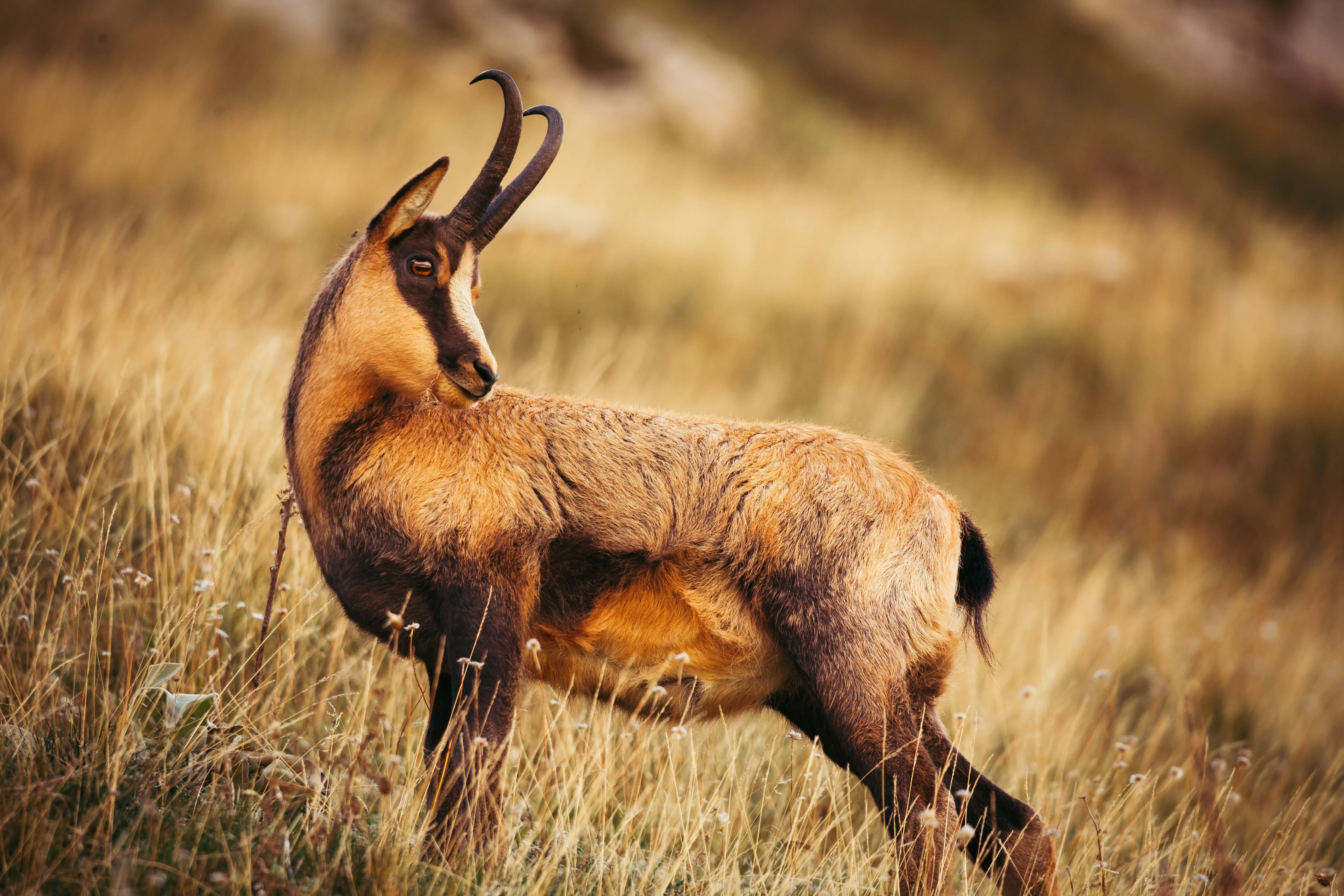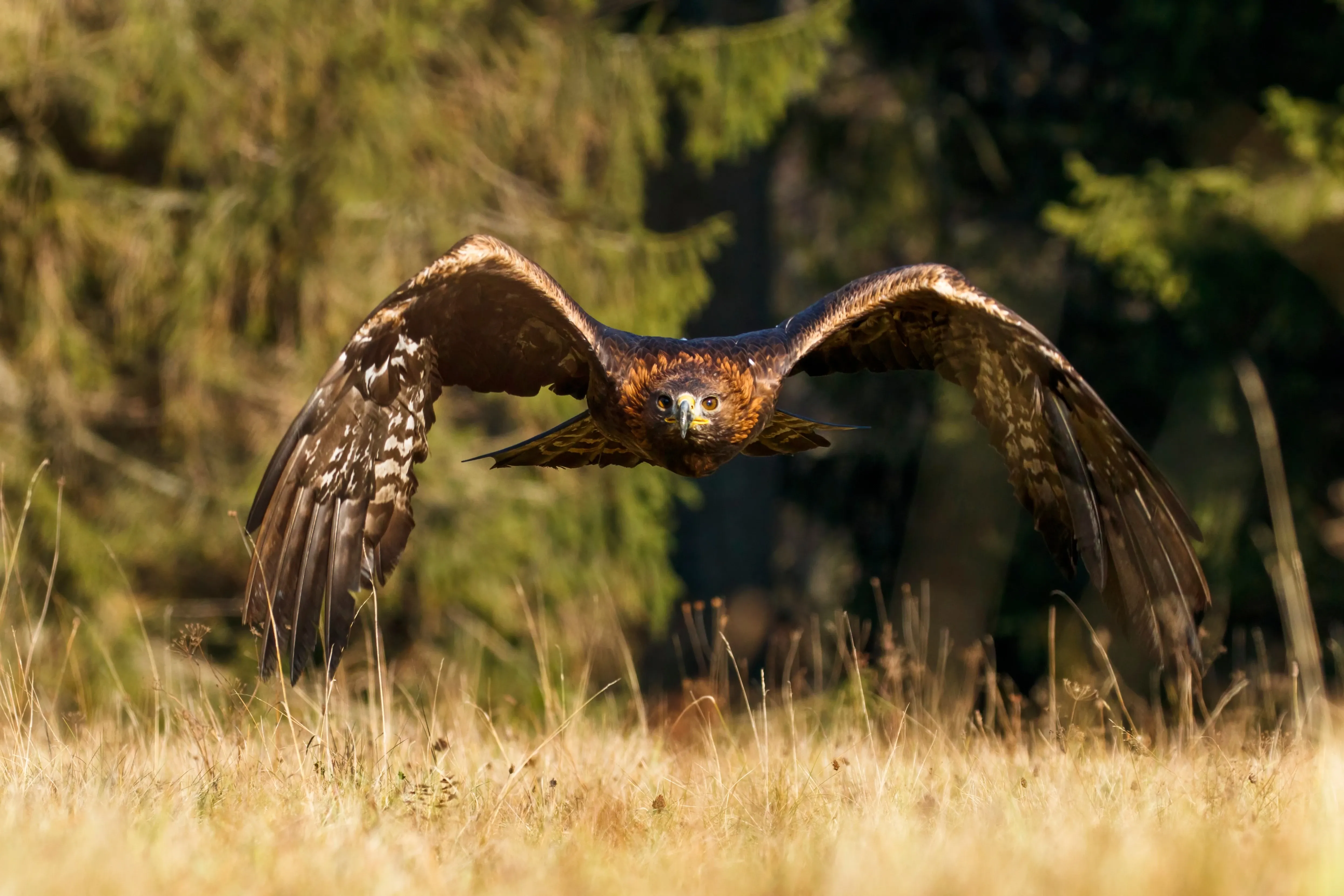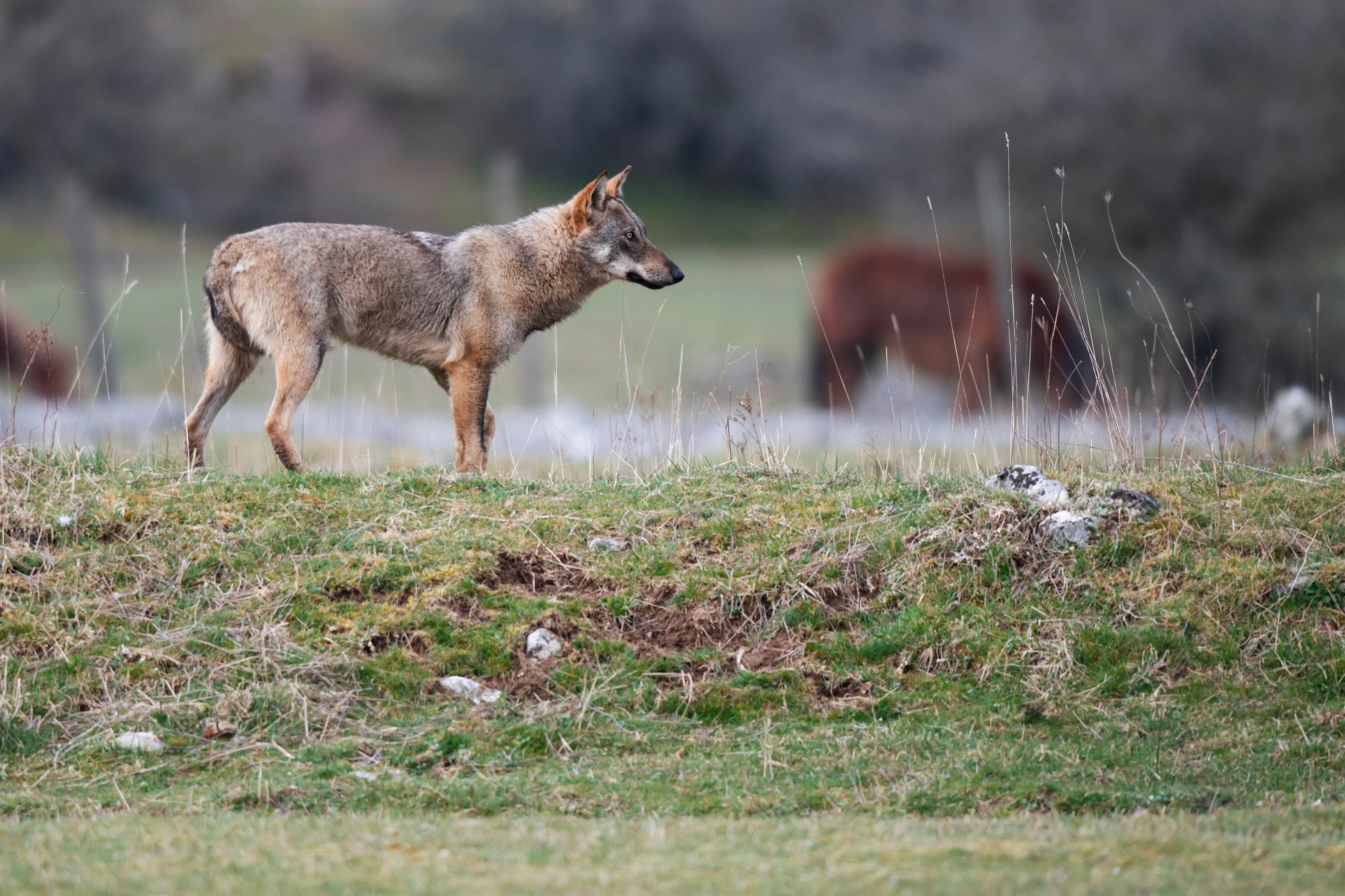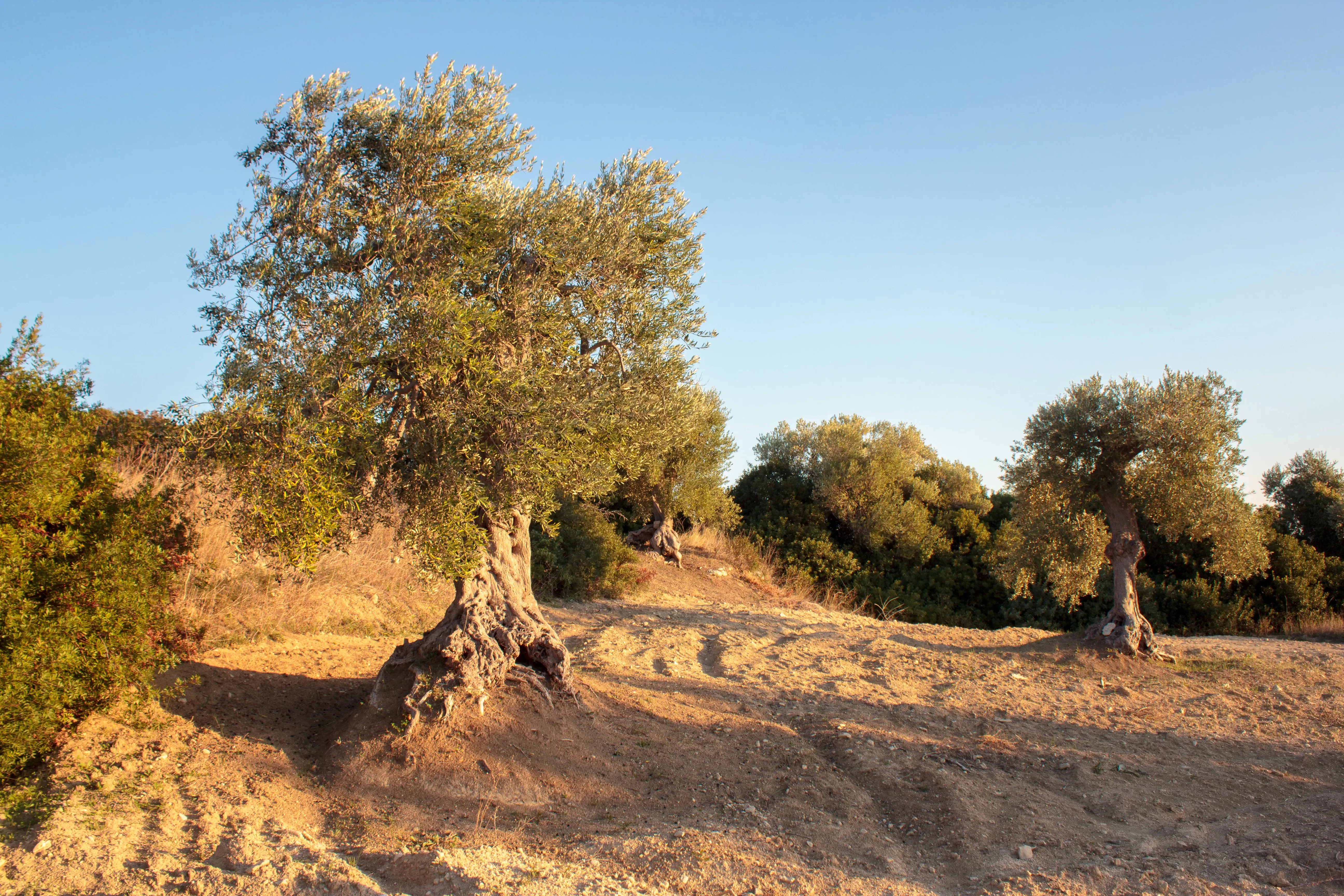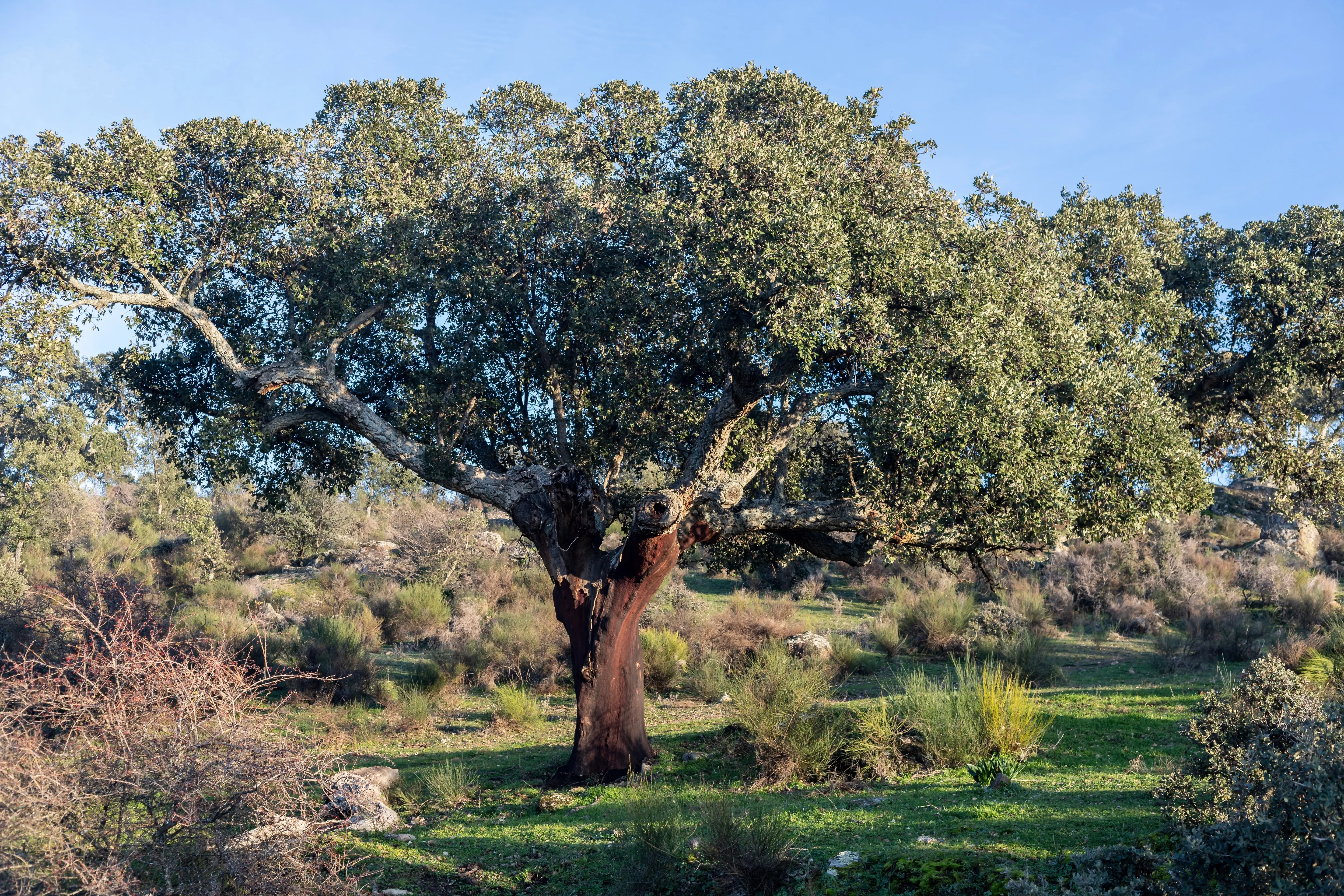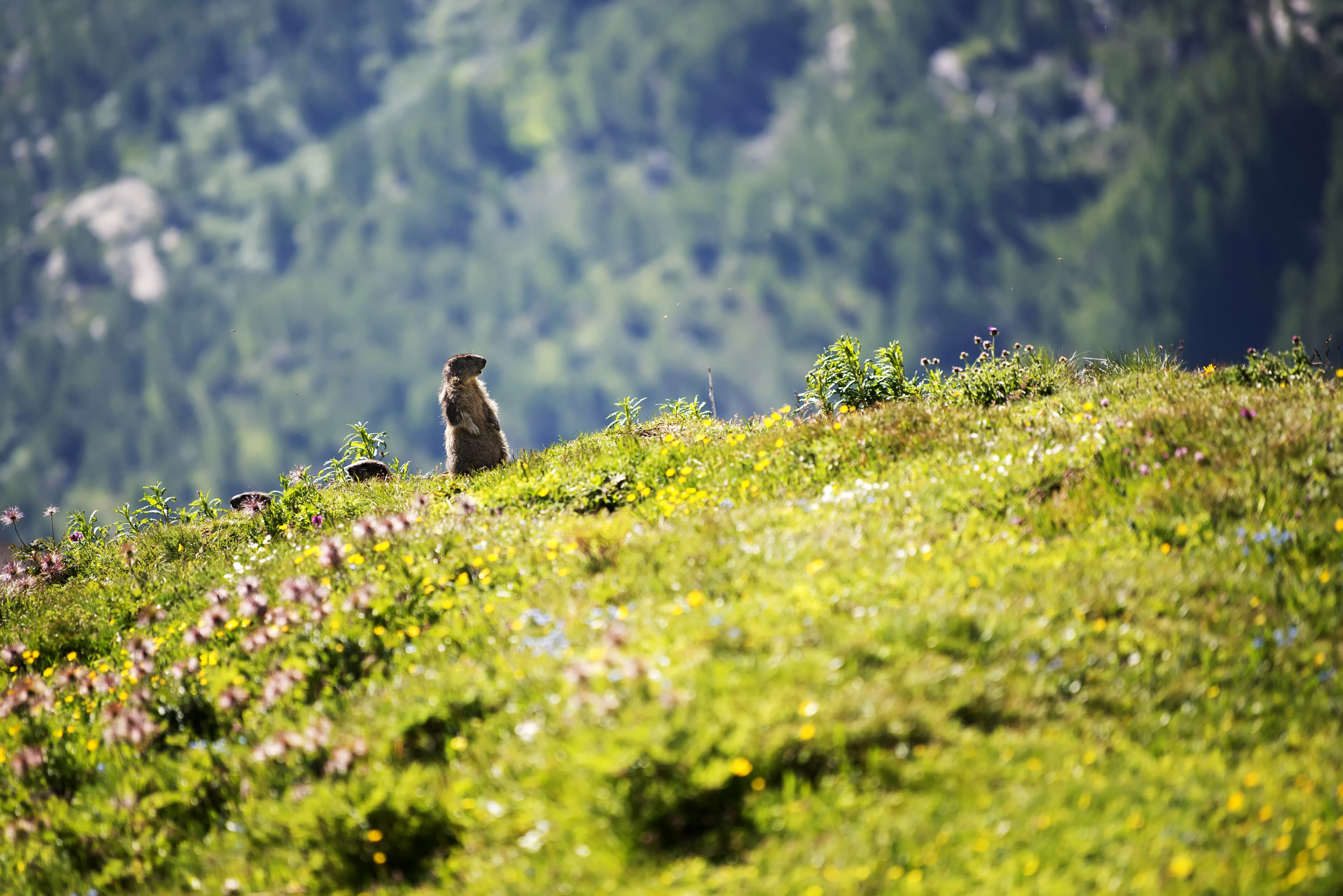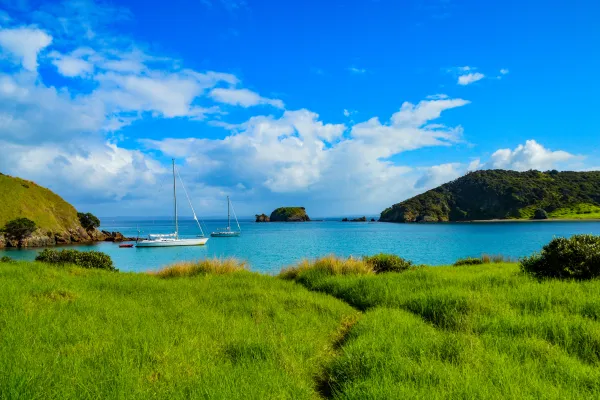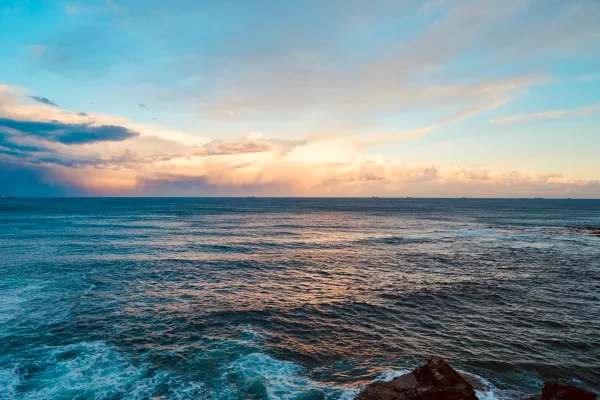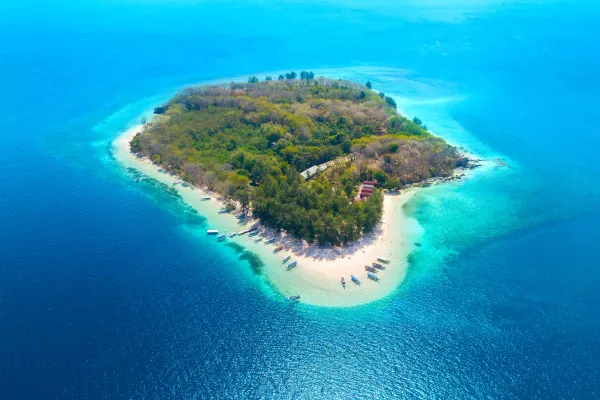Wild Europe: Ecotourism in Italy
When travel enthusiasts think of Europe, Italy is one destination that often comes to mind. This favoured position, together with the booming demand for nature protection, increases ecotourism in Italy.
The wild heart of the Mediterranean
Italy, a country steeped in history and overflowing with an abundance of truly iconic ancient ruins, sublime art, world-renowned mouth-watering cuisine, and gorgeous landscapes, attracts tens of millions of tourists every year. From sipping on a glass of ruby red Maremma Toscana in sun-drenched Tuscany or tossing a lucky coin or three into the Fontana di Trevi, to stuffing your face with a slice of pizza Napoletana in Naples, or gawking at Michelangelo’s genius so evident in the Pietà, Italy as a whole is undoubtedly a major global attraction.
It does have an impressive but little-known wild side, though. Complex ecosystems that are home to amazing animals and plants, as well as a steady shift in thinking toward wilderness value, meaningful nature experiences, and sustainable ecotourism, promise a lot of potential and exciting travel opportunities. This wild side adds an important and needed component to a genuinely special country.
The lay of the land
The Italian peninsula, covering a little over 300,000 km2, protrudes out of Southern Europe and into the warm central Mediterranean. The Southern Alps form an imposing northern border, towering over the fertile Po Valley. The Po Valley is home to a series of large, deep lakes formed by ancient Pleistocene Era glacier movement; the Po River itself — which is the longest river in Italy — and its ecologically important and birdlife-rich delta. The Adriatic Sea to the east separates the Italian Peninsula from the Balkan Peninsula, and the Tyrrhenian Sea, home to several underwater volcanoes and a few prominent and important islands such as Sicily and Sardinia, forms the border in the south-west.
The spine of Italy is the Apennine mountain range, or actually a series of mountain ranges, that run in an arc along almost the entire length of the country from the North West to the South East and host some of Italy’s most authentic wilderness pockets. The Italian boot is also surrounded by 700 kilometres of narrow coastline and 2,000 square kilometres of marine habitat.

An ecological perspective
Over 40% of Italy is mountainous, with the highest peak being the Monte Rosa Massif on the Swiss/Italian border. The vast majority of the country is covered by mountains, hills, and valleys, as is usually the case on a peninsula. This rolling, rugged terrain causes Italy’s rivers to be relatively short in length. Broadly speaking, the entire area falls into the chaparral, or Mediterranean forest and shrub biome. This biome is generally characterised by hot summers and cold, wet winters. Zooming in a little more does add more detail and variety. The Alpine Bioregion in the north is made up predominantly of Alpine conifers and mixed montane forests.
The Po Valley, nestled below to the south, is a large stretch of flat plains, with temperate broad-leaf forest, freshwater lakes, and RAMSAR (Convention on Wetlands of International Importance Especially for Waterfowl Habitat) protected wetlands, lagoons, and marshlands. A narrow strip of lowland, beach, and Mediterranean coastal vegetation leads inland from the entire length of Italy to hilly mixed forest country, and then up into the Apennines’ montane grasslands and forests. Italy is, of course, well known for its beautiful beaches and crystal clear water. In fact, Italian waters are some of the most biodiverse in the entire Mediterranean, with some 14,000 estimated marine species calling them home.

Italy’s wildlife
Italy is home to some of Europe’s most remarkable wildlife, such as the critically endangered Marsican Brown Bear, the Italian or Apennine Wolf, the Apennine Chamois, and the majestic, king of the skies, the Golden Eagle. In fact, it has over 57,000 animal species recorded, making it Europe’s most faunal biodiverse country. The Apennine Shrew, the Mediterranean Gecko, the Italian Hare, the Roman Mole, and the Walser’s Viper might not be on the average traveller’s must-see list. But they are undoubtedly much sought after by enthusiastic naturalists!
With renewed focus and effort on protecting and broadening Italy’s natural wild spaces, many of these species are slowly increasing in number and population stability, which in turn improves overall ecosystem health. There is most certainly a long way to go yet, but positive steps have undoubtedly been taken to help and protect Italy’s wildlife.
Italy’s vegetation
Italy’s richness in life easily flows into its impressive floral universe. Here, it is the Alpine and Apennine bio-regions that stand out and shine. The Alps are home to the European Olive and evergreen Cork Oak in their lower parts, and deciduous larch and Norway spruce higher up. The Apennines play host to the Holm Oak and Oleander, with the foothills supporting the Aleppo Pine. Swaths of heather, mountain meadow grasses, and wildflowers dot the landscape, and in the south, remnants of ancient mountain forests offer up Truffle Oak and Chestnut trees.
Strolling through the beautiful Tuscan landscape, the scent of rosemary and sage wafts in the air, and in the Dolomite Mountains in the North East the summer months produce masses of buttercups, vanilla orchids, and the magical blue of forget-me-nots, all of which splash vibrant colours.
Ecotourism destinations in Italy and nature conservation
Centuries of human-centric land use and management across the entire continent of Europe have inevitably negatively impacted the size and quality of wilderness areas and their functioning ecosystems. Italy is no different. That is not to say, however, that wild spaces can’t be found.
Several pockets of pristine natural zones are scattered across the country. It is essential to view the Italian wilderness through a European wilderness lens, in that it is simply impossible to separate human presence from wild natural spaces. Instead, to view the two as a merger of two crucial components of a unique European wilderness landscape.
A hikers favorite
Italy’s wild heart is located in the Central Apennines, where connection corridors are in the process of being set up in order to connect different wild spaces. This not only enlarges the total land area but also adds complexity and flow to the natural ecosystems there.
A focus on mindset change with the local populations, building a deeper understanding and acceptance of the mutually beneficial bond between wildlife such as wolves and bears and humans, is an integral part of establishing a solid foundation from which ecotourism in Italy can grow. Several naturalist tour operators have begun to set themselves up in this area, and it is well worth looking into them. Wildlife photography, birding, and nature hiking with a local guide offer truly, authentic nature experiences. 21.49% of Italy is under Terrestrial Protected Areas, with 25 official Italian National Parks.

Top spot for marine fans
Europe’s largest Marine Protected Area, the Egadi Archipelago, found in the strait of Sicily, covers just under 54,000 ha. Made up of deep blue seas, enchanting bays, and pristine beaches, the area is incredibly rich in marine and coastal biodiversity. The concentrated effort to preserve and enhance the natural ecosystems provides incredible opportunities for a small group, low-to-no-impact meaningful nature experiences.
Sustainable ecotourism in Italy is and will grow further to be a key source of successful long-term management of the area.
Sign up for the newsletter
By clicking on “Subscribe now” I will subscribe to the Conscious Explorer newsletter with all the information about mindful travel. Information on the success measurement included in the consent, the use of the shipping service provider MailChimp, logging of the registration and your rights of revocation can be found in our privacy policy.

